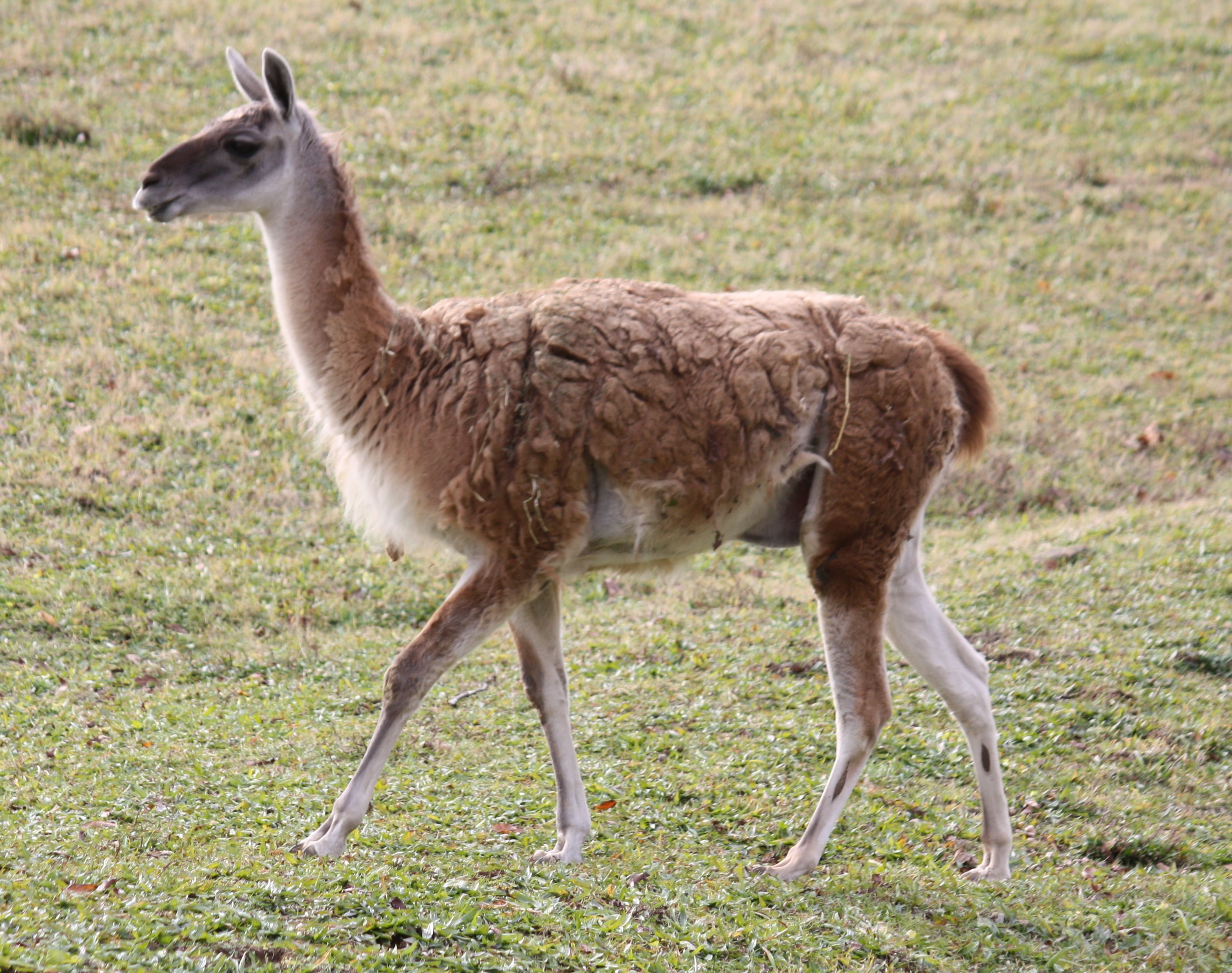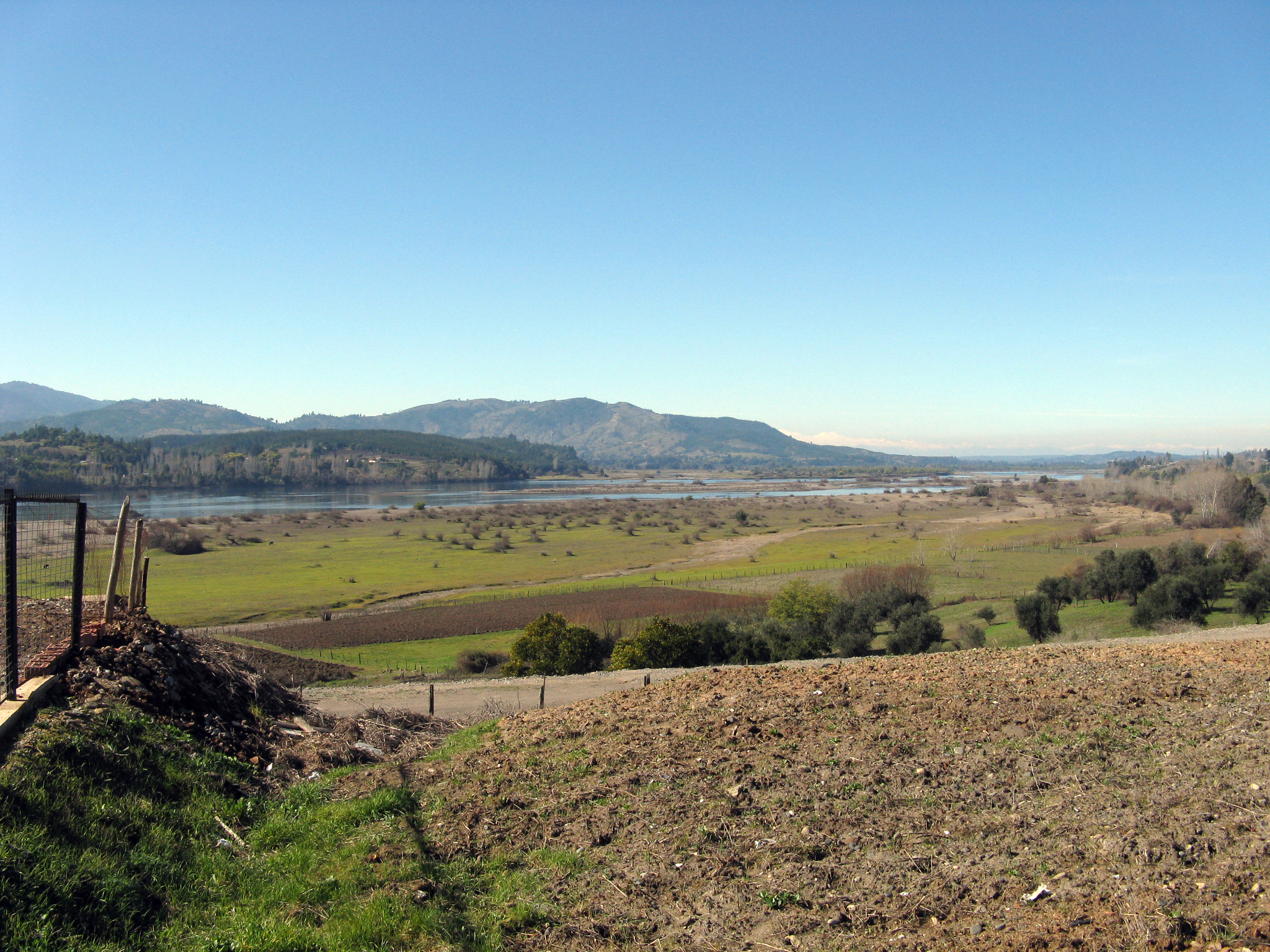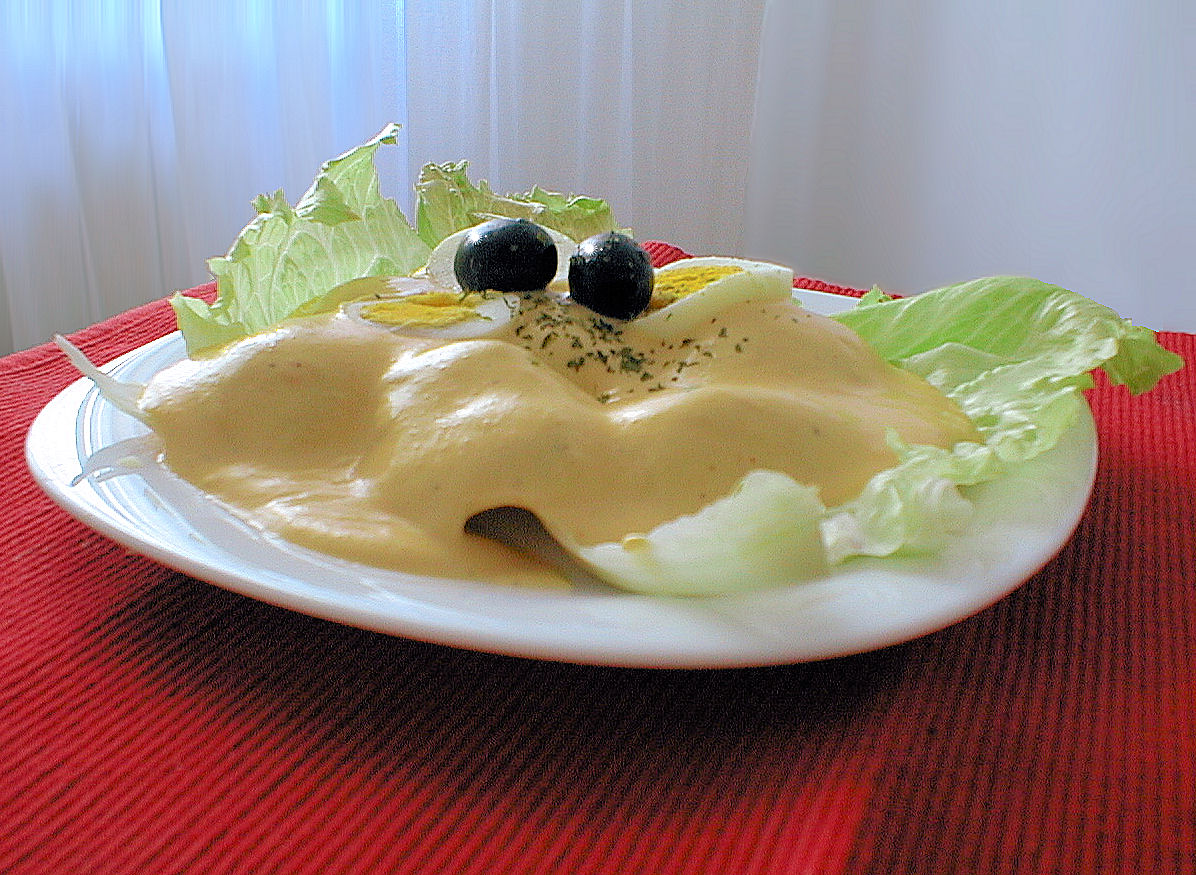|
Andean Goose
The Andean goose (''Chloephaga melanoptera'') is a species of waterfowl in tribe Tadornini of subfamily Anserinae.HBW and BirdLife International (2021) Handbook of the Birds of the World and BirdLife International digital checklist of the birds of the world. Version 6. Available at: http://datazone.birdlife.org/userfiles/file/Species/Taxonomy/HBW-BirdLife_Checklist_v6_Dec21.zip retrieved August 7, 2022 It is found in Argentina, Bolivia, Chile, and Peru.Remsen, J. V., Jr., J. I. Areta, E. Bonaccorso, S. Claramunt, A. Jaramillo, D. F. Lane, J. F. Pacheco, M. B. Robbins, F. G. Stiles, and K. J. Zimmer. Version 24 July 2022. Species Lists of Birds for South American Countries and Territories. https://www.museum.lsu.edu/~Remsen/SACCCountryLists.htm retrieved July 24, 2022 Taxonomy and systematics The Andean goose's taxonomy is unsettled. The International Ornithological Committee (IOC) and BirdLife International's ''Handbook of the Birds of the World'' (HBW) place it in genus ''Chl ... [...More Info...] [...Related Items...] OR: [Wikipedia] [Google] [Baidu] |
Thomas Campbell Eyton
Thomas Campbell Eyton JP, DL (10 September 1809 – 25 October 1880) was an English naturalist whose fields were cattle, fishes and birds. He was a friend and correspondent of Charles Darwin though he opposed his theories. Eyton was born at Eyton Hall, near Wellington, Shropshire. He studied at St John's College, Cambridge, where he was a contemporary and friend of Charles Darwin. After succeeding to the estate in 1855, Eyton built a large natural history museum at Eyton Hall that included a range of bird skins and skeletons, described as "one of the finest in Europe". Besides Darwin, Eyton enjoyed some correspondence with other naturalists including Louis Agassiz, Asa Gray, and Alfred Russel Wallace. Eyton published ''History of the Rarer British Birds'' (1836), ''A Monograph on the Anatidae, Or Duck Tribe'' (1838), ''A History of Oyster and Oyster Fisheries'' (1858) and ''Osteologia Avium'' (1871–78). He established in about 1842 the ''Herd Book of Hereford Cattle'', wh ... [...More Info...] [...Related Items...] OR: [Wikipedia] [Google] [Baidu] |
Andean Goose Walking In Grass - DPLA - 71fa8f19d1eb22e21af70251662050fe
The Andes ( ), Andes Mountains or Andean Mountain Range (; ) are the List of longest mountain chains on Earth, longest continental mountain range in the world, forming a continuous highland along the western edge of South America. The range is long and wide (widest between 18th parallel south, 18°S and 20th parallel south, 20°S latitude) and has an average height of about . The Andes extend from south to north through seven South American countries: Argentina, Chile, Bolivia, Peru, Ecuador, Colombia, and Venezuela. Along their length, the Andes are split into several ranges, separated by intermediate depression (geology), depressions. The Andes are the location of several high plateaus—some of which host major cities such as Quito, Bogotá, Cali, Arequipa, Medellín, Bucaramanga, Sucre, Mérida, Mérida, Mérida, El Alto, and La Paz. The Altiplano, Altiplano Plateau is the world's second highest after the Tibetan Plateau. These ranges are in turn grouped into three majo ... [...More Info...] [...Related Items...] OR: [Wikipedia] [Google] [Baidu] |
Birds Of The Andes
The fauna of the Andes, a mountain range in South America, is large and diverse. As well as a huge variety of flora, the Andes contain many different animal species. With almost 1,000 species, of which roughly 2/3 are endemic to the region, the Andes are the most important region in the world for amphibians.Tropical Andes - biodiversityhotspots.org The diversity of animals in the Andes is high, with almost 600 species of (13% endemic), more than 1,700 species of (about 1/3 endemic), more than 600 species of |
Chloephaga
''Chloephaga'' is a genus of sheldgeese in the family (biology), family Anatidae. Other Tadorninae, sheldgeese are found in the genera ''Alopochen'' and ''Neochen''. Taxonomy The genus ''Chloephaga'' was introduced in 1838 by the English naturalist Thomas Campbell Eyton in his ''A Monograph on the Anatidae, or Duck Tribe''. He designated the type species as ''Chloephaga magellanica''. This is ''Anas magellanica'' Johann Friedrich Gmelin, Gmelin, JF 1789, which is a Synonym (taxonomy), synonym of ''Anas leucoptera'' Gmelin, JF 1789. ''Anas leucoptera'' is now considered as a subspecies of the upland goose ''Chloephaga picta leucoptera''. The genus name comes from the combination of the Ancient Greek ''khloē'' meaning "grass" with ''-phagos'' meaning "-eating". A molecular phylogenetic study by Mariana Bulgarella and collaborators published in 2014 found that the Orinoco goose in the monotypic genus ''Neochen'', was embedded in the genus ''Chloephaga'': Based on this result, ... [...More Info...] [...Related Items...] OR: [Wikipedia] [Google] [Baidu] |
Geese
A goose (: geese) is a bird of any of several waterfowl species in the family Anatidae. This group comprises the genera '' Anser'' (grey geese and white geese) and ''Branta'' (black geese). Some members of the Tadorninae subfamily (e.g., Egyptian goose, Orinoco goose) are commonly called geese, but are not considered "true geese" taxonomically. More distantly related members of the family Anatidae are swans, most of which are larger than true geese, and ducks, which are smaller. The term "goose" may refer to such bird of either sex, but when paired with "gander", "goose" refers specifically to a female one ("gander" referring to a male). Young birds before fledging are called goslings. The collective noun for a group of geese on the ground is a gaggle; when in flight, they are called a skein, a team, or a wedge; when flying close together, they are called a plump. Etymology The word "goose" is a direct descendant of Proto-Indo-European ''*ǵʰh₂éns''. In Germanic langu ... [...More Info...] [...Related Items...] OR: [Wikipedia] [Google] [Baidu] |
IUCN
The International Union for Conservation of Nature (IUCN) is an international organization working in the field of nature conservation and sustainable use of natural resources. Founded in 1948, IUCN has become the global authority on the status of the natural world and the measures needed to safeguard it. It is involved in data gathering and Data analysis, analysis, research, field projects, advocacy, and education. IUCN's mission is to "influence, encourage and assist societies throughout the world to conserve nature and to ensure that any use of natural resources is equitable and ecologically sustainable". Over the past decades, IUCN has widened its focus beyond conservation ecology and now incorporates issues related to sustainable development in its projects. IUCN does not itself aim to mobilize the public in support of nature conservation. It tries to influence the actions of governments, business and other stakeholders by providing information and advice and through buildin ... [...More Info...] [...Related Items...] OR: [Wikipedia] [Google] [Baidu] |
South
South is one of the cardinal directions or compass points. The direction is the opposite of north and is perpendicular to both west and east. Etymology The word ''south'' comes from Old English ''sūþ'', from earlier Proto-Germanic ''*sunþaz'' ("south"), possibly related to the same Proto-Indo-European root that the word ''sun'' derived from. Some languages describe south in the same way, from the fact that it is the direction of the sun at noon (in the Northern Hemisphere), like Latin meridies 'noon, south' (from medius 'middle' + dies 'day', ), while others describe south as the right-hand side of the rising sun, like Biblical Hebrew תֵּימָן teiman 'south' from יָמִין yamin 'right', Aramaic תַּימנַא taymna from יָמִין yamin 'right' and Syriac ܬܰܝܡܢܳܐ taymna from ܝܰܡܝܺܢܳܐ yamina (hence the name of Yemen, the land to the south/right of the Levant). South is sometimes abbreviated as S. Navigation By convention, the ''bottom or down ... [...More Info...] [...Related Items...] OR: [Wikipedia] [Google] [Baidu] |
Ganso Huallata
Ganso is a village in the Mangodara Department of Comoé Province in south-western Burkina Faso Burkina Faso is a landlocked country in West Africa, bordered by Mali to the northwest, Niger to the northeast, Benin to the southeast, Togo and Ghana to the south, and Ivory Coast to the southwest. It covers an area of 274,223 km2 (105,87 .... The village has a population of 756. References Populated places in the Cascades Region Comoé Province {{Comoé-geo-stub ...[...More Info...] [...Related Items...] OR: [Wikipedia] [Google] [Baidu] |
Hemoglobin
Hemoglobin (haemoglobin, Hb or Hgb) is a protein containing iron that facilitates the transportation of oxygen in red blood cells. Almost all vertebrates contain hemoglobin, with the sole exception of the fish family Channichthyidae. Hemoglobin in the blood carries oxygen from the respiratory organs (lungs or gills) to the other tissues of the body, where it releases the oxygen to enable aerobic respiration which powers an animal's metabolism. A healthy human has 12to 20grams of hemoglobin in every 100mL of blood. Hemoglobin is a metalloprotein, a chromoprotein, and a globulin. In mammals, hemoglobin makes up about 96% of a red blood cell's dry matter, dry weight (excluding water), and around 35% of the total weight (including water). Hemoglobin has an oxygen-binding capacity of 1.34mL of O2 per gram, which increases the total blood oxygen capacity seventy-fold compared to dissolved oxygen in blood plasma alone. The mammalian hemoglobin molecule can bind and transport up to four ... [...More Info...] [...Related Items...] OR: [Wikipedia] [Google] [Baidu] |
Catamarca Province
Catamarca () is a province of Argentina, located in the northwest of the country. The province had a population of 429,556 as per the , and covers an area of 102,602 km2. Its literacy rate is 95.5%. Neighbouring provinces are (clockwise, from the north): Salta, Tucumán, Santiago del Estero, Córdoba, and La Rioja. To the west it borders the country of Chile. The capital is San Fernando del Valle de Catamarca, usually shortened to Catamarca. Other important cities include Andalgalá, Tinogasta, and Belén. Geography Eighty percent of Catamarca's territory of 102,602 square kilometers (2.7% of the country total), is covered by mountains, which can be grouped into four clearly differentiated systems: the Pampean sierras, in the east and center; the Narváez-Cerro Negro-Famatina system, in the west; the cordilleran-Catamarca area of transition, in the western extreme; the Puna, an elevated portion, in the northwest. The scarce water resources in Catamarca's arid and sem ... [...More Info...] [...Related Items...] OR: [Wikipedia] [Google] [Baidu] |
Ñuble Region
The Ñuble Region (, ) officially the Region of Ñuble (), is — since 5 September 2018 – one of Chile's sixteen regions of Chile, regions. It spans an area of , making it the smallest region in Chile in terms of area, and is administratively constituted by 21 communes. It has a population of 480,609 inhabitants. Its capital is the city of Chillán. History This region has played a distinguished role in the History of Chile, history and culture of Chile. Many patriots who fought for Chilean War of Independence, independence, President of Chile, presidents, politicians, and artists, like pianist Claudio Arrau and folklorist Violeta Parra, were born here. On August 20, 2015, President Michelle Bachelet signed the bill that converted the Ñuble Province (1974-2018), Ñuble Province into a Regions of Chile, Region, and its legislative process began on the 1 September 2015, while on 10 January 2017, the project was approved in the first constitutional process in the Senate with 28 ... [...More Info...] [...Related Items...] OR: [Wikipedia] [Google] [Baidu] |
Department Of Junín
Junín () is a Departments of Peru, department and Political division of Peru, region in the central highland (geography), highlands and westernmost Peruvian Amazon. Its capital is Huancayo. Geography The region has a very heterogeneous topography. The western cordillera, range located near the border with the Lima Region, has snowy and ice-covered peaks. On the east, there are high glacier valleys which end up in high plateaus (''Altiplano''). Among them is the Junín Plateau that is located between the cities of La Oroya and Cerro de Pasco. The Mantaro Valley becomes wider before Jauja up to the limit with the Huancavelica Region. This area concentrates a large share of the region's population. Towards the east, near the jungle, there is an abundance of narrow and deep canyons, with highly inclined hillsides, covered by woods under low-lying clouds. The Waytapallana mountain range is located in the south central area of the region. This range holds a great fault which is ... [...More Info...] [...Related Items...] OR: [Wikipedia] [Google] [Baidu] |







